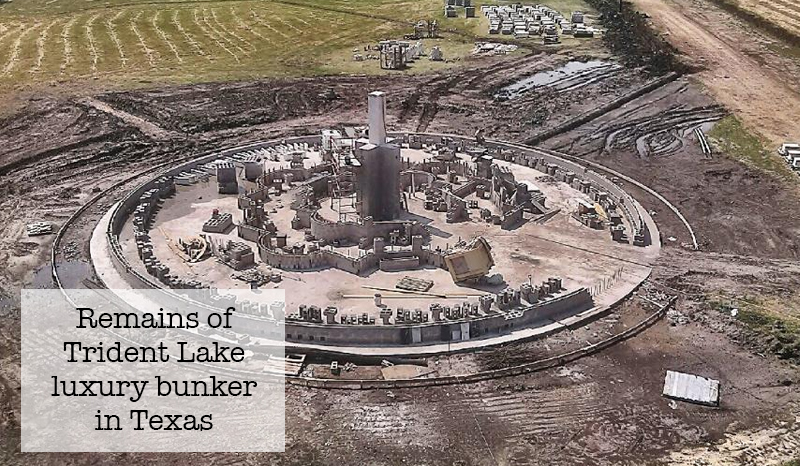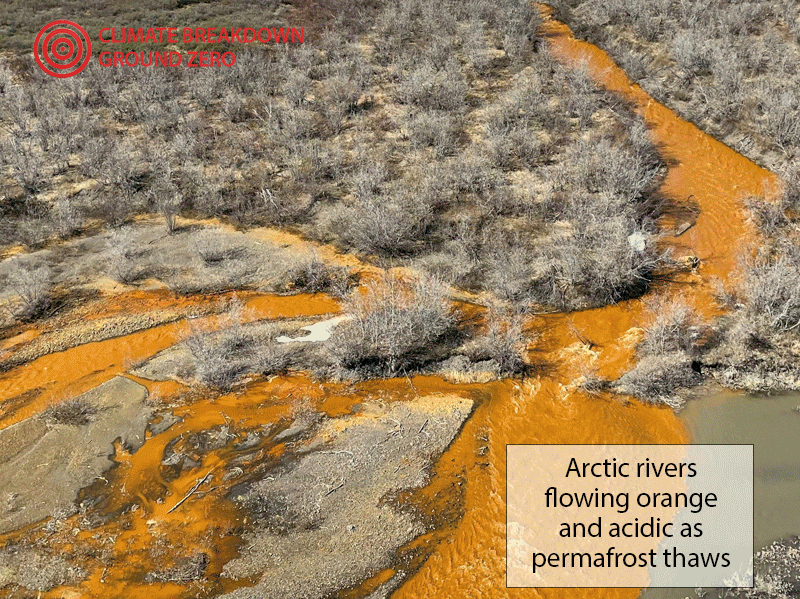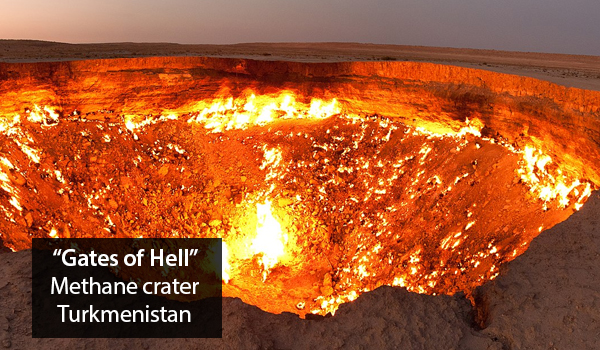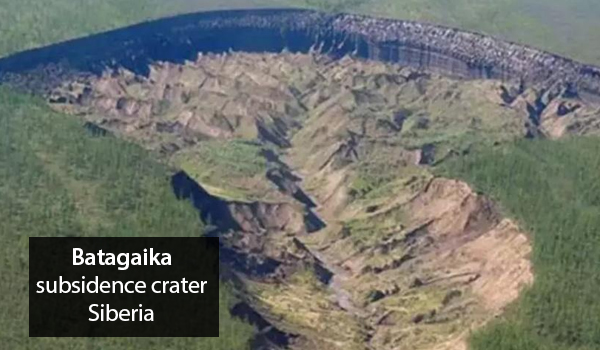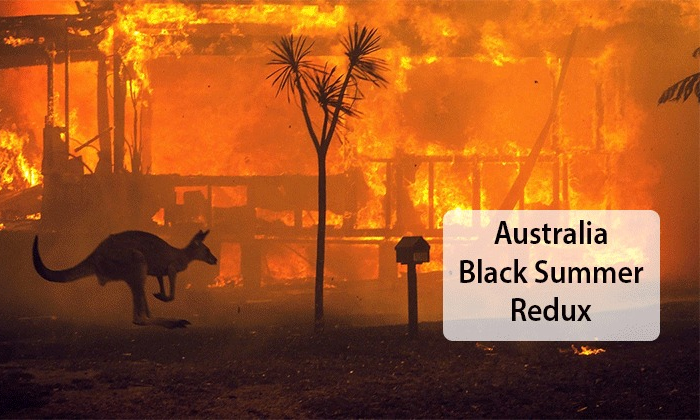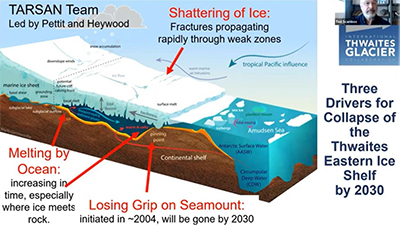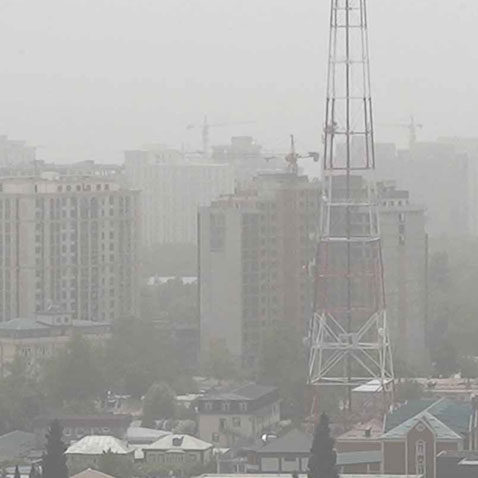Global warming shrank my chocolate egg
The most alarming of climate alarmists are predicting one or more Black Swan events in the near future. The term refers to major catastrophes, collapses and cataclysms that have occurred infrequently throughout human and geologic history. “Black swan” carries the connotation that the event was foreseeable and perhaps preventable. The Covid pandemic, the 1929 stock crash and the Fukushima nuclear meltdown were black swans of the recent past; the impending breakdown of the AMOC is a probable future example.
Black swan climate events have occurred cyclically in the past, causing extremely rapid changes in global conditions, sometimes within a human lifetime. The Anthropocene climate upheaval of the present will most likely bring a series of black swan events, but with a twist: this is the first radical planetary change wrought almost entirely by human activity. Generally, a meteorite strike or mega volcano eruption has been involved.
Less radical long time climate prophets such as myself think (or hope) that the worst to come will be preceded by something less dramatic, at least for the near future. What I foresee is a series of Gray Swan events: non-cataclysmic scenarios that will cause serious but not lethal disruption of smug “first world” life styles. A slow decline consisting of a parade accelerating inconveniences. Less and less stuff. Even a shortage of Mylar party balloons. Even after Alaric’s unfortunate visit in 476 CE, it took a long time for Rome to fully collapse.
A grey swan occurrence could be a killer storm, a hide tide and high seas disaster that takes out the luxury condos of a coastal vacation infrastructure (such as those already taking place more and more frequently). Typically, the sparkling beach sand will be replaced at great cost and new resorts will be rise again. In spite of the huge property loss, these events fit comfortably in a gray swan scenario (depending on whose money is involved) until the losses become too great. But beware: gray swan morphs to black swan when the insurance companies pull out for good (a development that already happening).
For most participants in Western Civilization, crop failure-driven food shortages are the looming gray swans of today. In real time, for example, climate change is costing Vietnam’s rice bowl $3 billion a year in failed harvests; you are unlikely to be aware of these far away developments because you are not currently affected. It will be when multiple rice producing regions fail at the same time that global prices will go up. For now, only the Vietnamese farmers are screwed. Similarly, products grown in climate challenged places such as Pakistan, Sudan, Chad, Honduras and the Sahel etc. only affect the locals for now.
And while many choose to make inflation a political problem, Europe’s 2023 heat wave affected soy, maize and sunflower harvests, ultimately triggering up to a full percentage point of US inflation. Closer to home, when the Ogallala aquifer taps out under the Great Plains, then you are going to see some serious ag issues.
As climate change accelerates, global disruptions will eclipse the Covid pandemic.
To a large degree, the leading edge of this inevitability will be shortages of luxury goods, followed eventually by their absence. Ironically, it has long been my belief that these inconveniences will be nearly as convincing to climate fence-sitters as watching someone else’s coastal home washing out to sea.
MOMMY MOMMY, MY CHOCOLATE BUNNY IS ALL SHRUNK
(That’s OK honey, we’ll buy you two)
To these evolving shortages we can add sustained pressure on cocoa prices, driven by a combination of ongoing drought, extreme weather and evil corporate behavior in West Africa. Bad yields have tripled the price of chocolate to $10,000 a ton (although the monopolistic system assures that farmers lose out). If the hedge funds who have already bet billions are correct, the situation will continue to worsen over the foreseeable future (as reported by the Financial Times).
Last week, the cocoa crisis was manifested in the price of chocolate Easter products- from high-end Cadbury eggs to more pedestrian Hershey rabbits – following a 13% increase in the overall price of chocolate candy over the past year. Before that you may have noticed candy bars becoming incrementally smaller or thinner or offering less chocolate content in other ways (the candy equivalent of a short pour). (Shrinkflation is the proper economic term) The yearslong shrinkage of the Cadbury cream egg has become a minor scandal, not spoken of in polite society.
Fine wine is just one example: more frequent extended droughts, unpredictable water cycles and violent storms are already impacting traditional wine making regions as higher temperatures shift harvest schedules, while pests and diseases migrate to new domains. Over the past few years we have also seen major spikes in the prices of beef, citrus fruit and sugar. Extremely rapid warming in the Gulf of Maine is driving lobsters north toward cooler waters an ominous development for seafood lovers.
These increases are all caused to some degree by the impact of global heating.
You will see major pressures on coffee as rising temperatures reduce growing areas by up to 50% in the next decade. Similarly, 90% of marine and fresh water stocks are endangered in one way or another by a combination of changing ocean temperature and over-fishing. Ocean species continue to move north in search of cooler waters, but North only goes so far north until you run out of planet.
I could go on.
Although there are those who would love to blame Biden (because he loves raising prices in an election year, just for fun) these increases are caused to some degree by the impact of climate. You will see major pressures on coffee as rising temperatures reduce growing areas by up to 50% in the next decade. Similarly, 90% of marine and fresh water stocks are endangered in one way one way or another by a combination of changing ocean temperature and over-fishing. Ocean species continue to move north in search of cooler waters, but North only goes so far north until you run out of planet..





